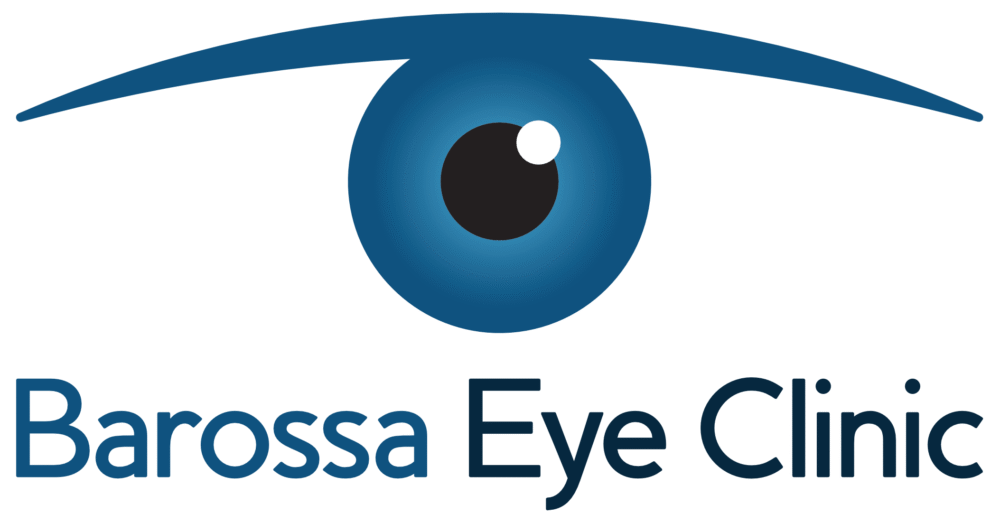Tears are far more complex than they seem — made up of thousands of molecules and structured in two key layers. The outer oily layer, produced by tiny glands in your eyelids (called meibomian glands), helps prevent your tears from evaporating too quickly. The inner watery layer provides moisture, nutrients, and immune protection to the surface of your eye.
Normally, your eyes maintain a healthy balance between tear production, evaporation, and drainage. But if something disturbs this balance, your tears become saltier, which can trigger inflammation, damage the surface of the eye, and lead to ongoing symptoms — a cycle known as dry eye disease.
There are two main causes
Evaporative Dry Eye (linked to oily layer problems)
If the oily layer is too thin or poor in quality, your watery tears evaporate too quickly between blinks. Your eyes may try to compensate by producing more watery tears, often causing excessive watering — but not real relief. This is commonly due to Meibomian Gland Dysfunction (MGD) or posterior blepharitis, where the glands aren’t producing enough or the right kind of oil.
Aqueous Deficient Dry Eye (linked to watery layer problems)
If your eyes don’t produce enough of the watery layer, there’s not enough lubrication when you blink. This can lead to discomfort, a gritty or dry feeling, and even damage to the surface of the eye.
Symptoms
• Itching
• Burning
• Grittiness
• Stinging
• Discomfort
• Redness
• Pain
• Wateriness
• Discharge
• Light sensitivity
• Tired eyes
• Blurred or fluctuating vision
• Puffy eyelids
• Eyelash scales
These symptoms may be worse first thing in the morning or at the end of the day.
Exacerbated by computer or device use, driving, contact lens wear, cold, dry or windy environments.
Risk Factors for Dry Eye Disease
Dry eye disease affects around one in three adults and can significantly impact daily comfort, vision, and overall quality of life. A number of factors can increase your risk of developing this condition, including:
• Ageing – Tear production naturally decreases as we get older.
• Gender – Women are more commonly affected, especially due to hormonal influences.
• Ethnicity – Some ethnic backgrounds may have a higher predisposition.
• Hormonal changes – Such as during menopause, pregnancy, or with certain contraceptives.
• Blepharitis – Inflammation of the eyelid margins.
• Meibomian Gland Dysfunction (MGD) – Reduced oil secretion leads to faster tear evaporation.
• Environmental factors – Exposure to wind, air conditioning, heating, or screens for prolonged periods.
• Medical conditions – Including autoimmune diseases (like Sjögren’s syndrome), diabetes, thyroid disorders, or rosacea.
• Medications – Such as antihistamines, antidepressants, hormone replacement therapy, and some blood pressure medications.
• Contact lens wear – Can disrupt the tear film and increase evaporation.
• Reduced blink rate – Often due to prolonged screen time or intense focus.
• Eyelid problems – Abnormal lid position (entropion or ectropion) can affect tear distribution.
• History of eye surgery or injury – Procedures like LASIK or trauma may impact tear production or quality.
Treatment
Dry Eye Treatment Options
Management of dry eye disease is highly individualised and tailored specifically to you, and the underlying cause of your condition.
• Lid hygiene
• Ocular lubricants
• Eye-light Intense pulsed light (IPL) and low-level light therapy (LLLT)
• photobiomodulation mask
• Tixel
• Punctal plugs
Effective relief from dry eye disease begins with identifying its root cause. By understanding the underlying drivers of your condition, your specialist clinician can develop a personalised management plan that interrupts the cycle of inflammation, restores tear film stability, and delivers lasting comfort.
